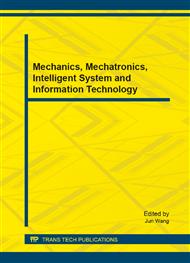p.867
p.878
p.882
p.888
p.897
p.905
p.910
p.915
p.921
Probability Detection CSMA with Monitoring Based on the Improved Binary Tree Conflict Resolution Algorithm
Abstract:
This paper presents a new wireless sensor network MAC protocol: the probability detection CSMA protocol with monitoring function based on the improved binary tree conflict resolution algorithm. By using the average cycle method, the paper gets the mathematical expressions of the throughput, system average delay of the probability detection CSMA protocol with monitoring function and the probability detection CSMA protocol with monitoring function based on the improved binary tree conflict resolution algorithm through complicated mathematical modeling, rigorous mathematical derivation. The computer simulation results not only confirm the correctness of the theoretical analysis but also show that the probability detection CSMA protocol with monitoring function based on the improved binary tree conflict resolution algorithm due to adding to the conflict resolution algorithm, resulting in the increases of systemic throughput but increase the time delay of the system.
Info:
Periodical:
Pages:
897-904
Citation:
Online since:
August 2014
Authors:
Price:
Сopyright:
© 2014 Trans Tech Publications Ltd. All Rights Reserved
Share:
Citation:


